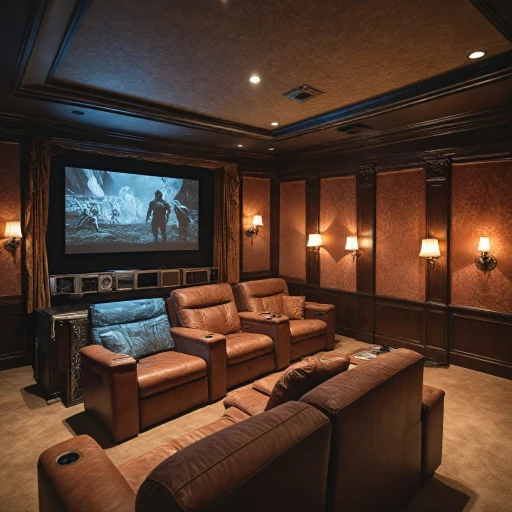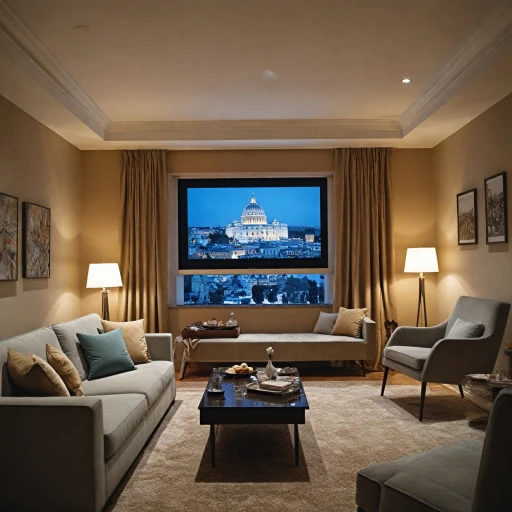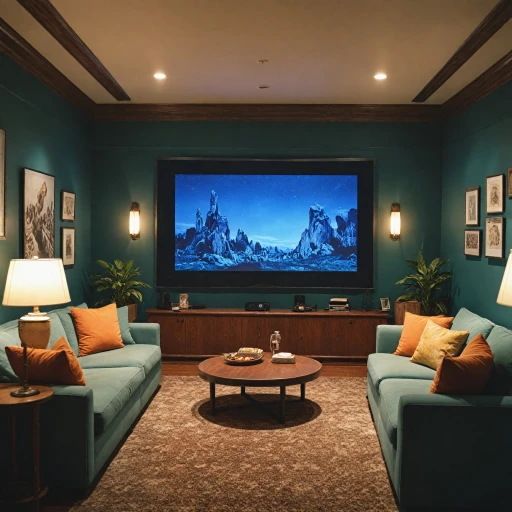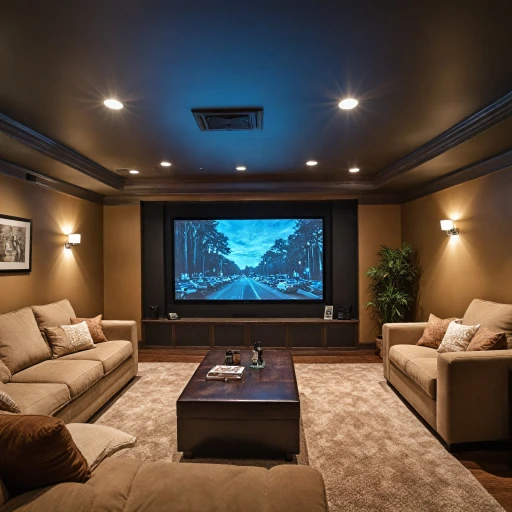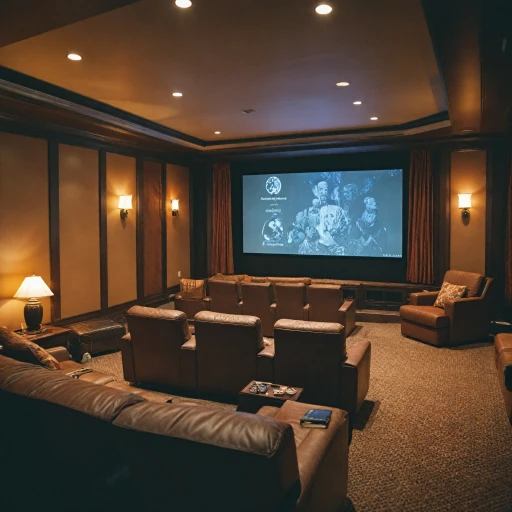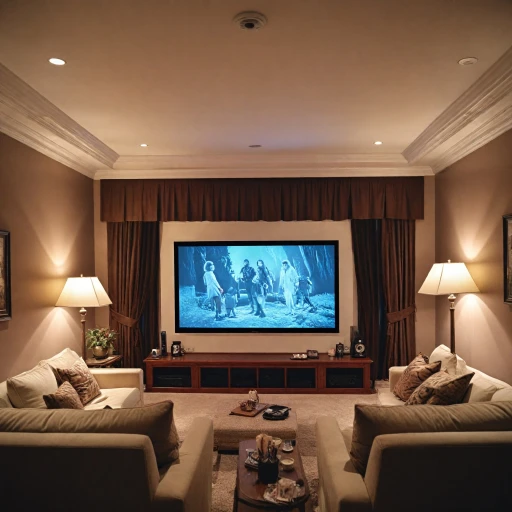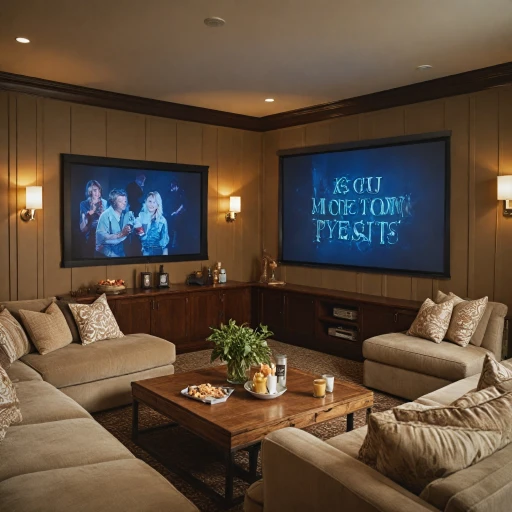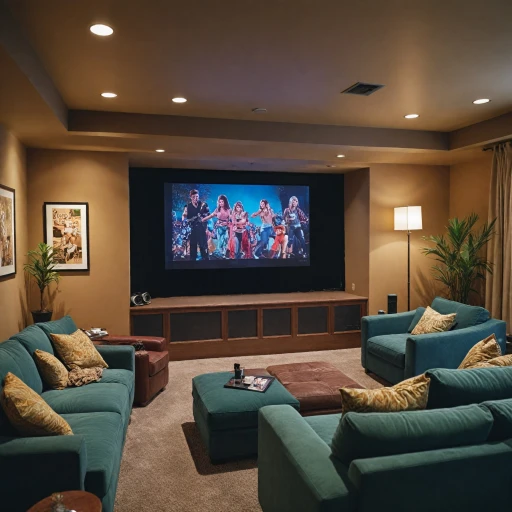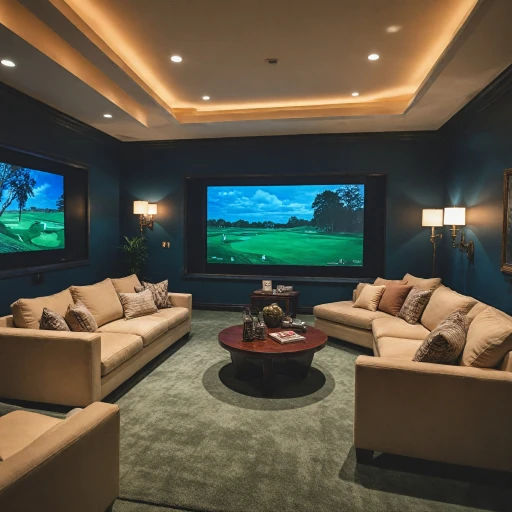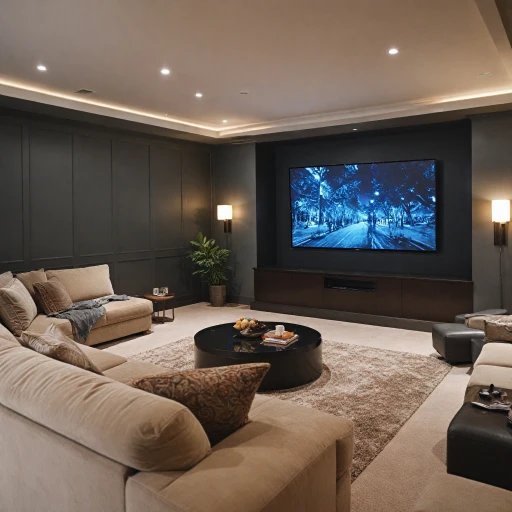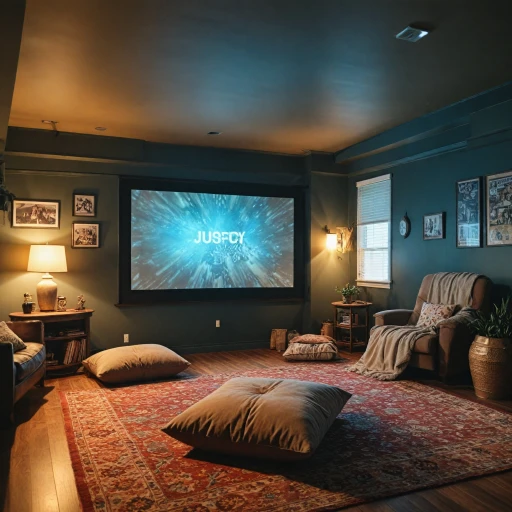
Understanding the Basics of Projector Mounting
Getting Started with Projector Mounting
When setting up a home theater, mounting your projector properly is crucial for an optimal viewing experience. Whether your intention is to mount a projector on the ceiling or on a wall, understanding the fundamentals of projector mounting will ensure you get the most out of your device.
Before diving into the installation, you need to familiarize yourself with terms such as throw distance, screen size, and throw ratio. These factors determine how far your projector should be placed from the screen and the overall clarity of the projection on the screen. Consequently, you'll decide on the type of mount best-suited for your projector—whether a ceiling mount or a wall mount.
Knowing your projector's model number and specific specifications can guide you in selecting a compatible mount. High-quality mounts are available from various retailers, such as Amazon, where customer reviews and product details offer insight into performance and durability at different price points.
Different types of mounts, like universal projector mounts and adjustable height mounts, provide flexibility in terms of placement and ensure that the projector's center aligns perfectly with the screen center for a white, crisp image. For those looking to explore advanced options, consulting resources on enhancing your home theater experience can be beneficial.
Mounting your projector correctly is the first step in creating a theater-like feel in your home. As you move forward, carefully considering projector height, distance screen, and required adjustments, ensures a seamless setup that will enhance your overall viewing experience.
Choosing the Right Mount for Your Projector
Evaluating Different Mount Options
When striving to mount your projector effectively, selecting the right mount is essential. Various options exist, each with specific features that might appeal depending on your specific needs and room layout. Whether you're considering a ceiling or wall mount, universal or adjustable models, understanding your choices can significantly impact your theater experience.- Ceiling Mounts: Ceiling mounts are a popular choice for creating a cinematic experience. They help keep equipment out of sight while maintaining an optimal viewing angle. Look for mounts with adjustable height capabilities to accommodate your desired throw distance and screen size.
- Wall Mounts: If your room has structural constraints, wall mounts may be more suitable. They allow for easy access and can effectively manage the projector's throw distance. Remember to consider the distance from the wall to the screen, ensuring a clear view.
- Adjustable and Universal Projector Mounts: These mounts offer flexibility, making it easier to adjust for different projector models or screen sizes. Their adaptability means you don't have to worry about specific model numbers, making them a cost-effective choice available on platforms like Amazon.
- Price Considerations: The price of a projector mount can vary significantly. While higher-priced mounts may offer advanced features, budget-friendly options might just meet your basic needs. Consider your use and room as you explore different products on the market.
Determining the Perfect Placement
Finding the Ideal Spot for Your Theater Experience
Step-by-Step Guide to Installing Your Projector Mount
Installation Steps for Secure Projector Mounting
Gathering the right tools and equipment is crucial before diving into the mounting process. Ensure you have the projector mount kit, including screws and anchors specified in the product's model number, along with essential tools like a drill, screwdriver, and a measuring tape.
- Positioning the Mount: Based on the desired throw distance, align the mount on the ceiling or wall. Double-check the measurements to ensure the projector's lens aligns with the center of the screen. Remember, the position will affect the screen size and screen height.
- Mark and Drill: Mark the drill points carefully. Precision here ensures the projector mounting stays secure. While drilling, be cautious of any wiring or plumbing inside the wall or ceiling.
- Secure the Mount: Use the provided hardware to affix the ceiling mount or wall mount firmly in place. An adjustable height feature may be included with certain products, allowing for better alignment and throw ratio adjustments later.
- Attach the Projector: Carefully lift and attach the projector to the mount. Make sure all screws are tightened, and the projector is stable. Most universal projector mounts provide an adjustable mechanism for finer tuning of the screen width and height.
- Cable Management: Ensure cables are neatly organized and secured. This not only improves aesthetics but also prevents potential hazards. Consider cable management kits available on Amazon for cleaner setups.
By following these steps, you can mount your projector securely, ensuring a seamless home theater experience. Keep in mind that different projectors might have varying installation requirements, so always refer to the product's manual for specific guidance.
Common Challenges and Troubleshooting Tips
Overcoming Frequent Installation Obstacles
Mounting a projector can often present challenges that are not immediately apparent. Here’s how you can tackle some common hurdles when setting up your home theater.- Ceiling and Wall Compatibility: Ensure that your chosen mount is compatible with your specific ceiling or wall type. Concrete ceilings, in particular, require additional equipment such as a hammer drill and concrete anchors. For wall mounting, check that your wall can support the weight of the projector and mount.
- Finding the Optimal Screen Height: A common issue is determining the right height for the screen. This height should ideally place the center of the screen at eye level from your primary seating area. Adjust the mounting height or use an adjustable projector mount to achieve this optimal screen height.
- Managing Cables and Wires: Unsightly cables can ruin the aesthetics of your theater. Consider using cable management systems available on platforms like Amazon to keep cables neat and safely out of sight. This not only enhances the room's appearance but also prevents any potential hazards.
- Correctly Measuring Throw Distance: Calculating the right throw distance is essential for the best picture quality. Be sure to measure the distance screen properly based on your projector's specifications and screen size, ensuring you’re within the product's recommended throw ratio.
- Dealing with Weight and Balance Issues: Some projectors may exert too much weight for certain mounting brackets, leading to balance issues. Always confirm that your chosen mount can support the weight and size of your projector. Consider mounts with adjustable height and universal projector mount features to better distribute the weight.

